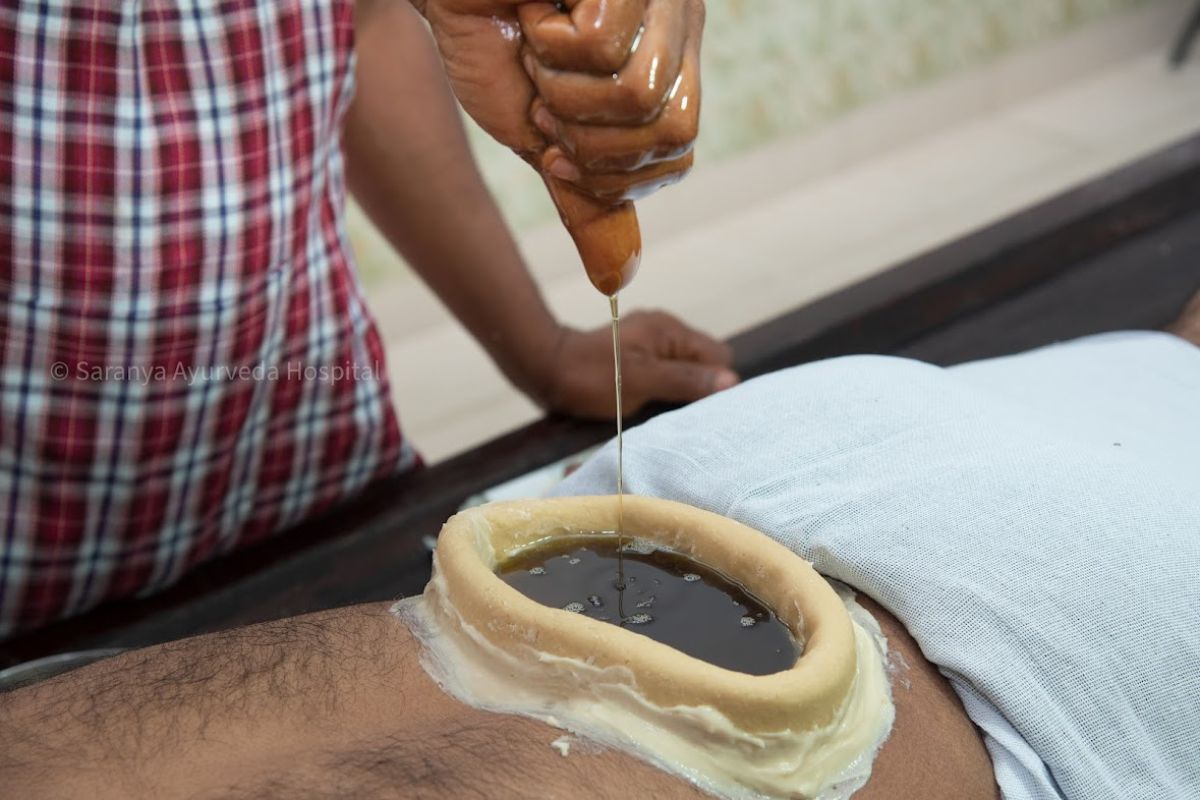Overview
Low back pain is one of the major global public health problems. It is a chronic condition characterized by a persistent dull or sharp pain per the lower back. It may be also associated with burning, stiffness, numbness or tingling with the pain shooting down the buttocks and the legs.
The 2010 Global Burden of Disease Study estimated that low back pain is among the top 10 diseases and injuries that account for the highest number of DALY (disability-adjusted life year) worldwide. It is difficult to estimate the incidence of low back pain as the incidence of first-ever episodes of low back pain is already high by early adulthood and symptoms tend to recur over time. The highest rate of back pain occurs among the 45 to 64 year age group and is greater among women.
Back Pain is considered as Kateegraham in Ayurveda. Katee is one of the Vata sthaanas and pain/stiffness is caused by Vata, hence Kateegraha can be considered as Vatavyadhi. It is a condition where the lower back region is afflicted with Vitiated Vata and present with symptoms such as pain with stiffness. Katigraha mentioned in Ayurveda can be correlated with Lumbar spondylosis due to similarity of clinical manifestations.
Spondylosis is age-related change of the bones (vertebrae) and discs of the spine.As your body ages, the discs between the bones of the spine become stiffer and can break down. The bones also wear down and can grow bone spurs.When this condition is in the lower back, it’s called lumbar spondylosis.
Symptoms
1. The Kati Graha is a condition where the restriction of movements takes place due to pain. The symptoms may be categorized as follows:
- Spine related symptoms i.e. Kati Graha (Stiffness on low back), Kati Shula (low back pain).
- Legs related features i.e. Pada Supti (Numbness on legs), Pada Harsha (Tingling sensation ), Pada Gaurava (Heaviness on legs), Pada Daurbalya(Debility of legs).
- Associated symptoms i.e. Aswapnam (Sleeplessness or Disturbed sleep), Vibandha (Constipation) etc.
2. Common symptoms of lumbar spondylosis can include:
- Stiffness, particularly after periods of inactivity or rest, such as waking up after a nap.
- Paresthesias, or abnormal sensations, may develop — such as numbness or tingling.
- Limited range of motion in affected joints.
- Pain can result from a bulging or herniated disc that impinges or pinches a spinal nerve
Causes
The nidanas explained for Vata kopa which can be considered in case of Kateegraham include:
- Controlling the natural urges (like defecation,micturition etc).
- Forceful voiding of the natural urges.
- Late night sleeping.
- Excessive work.
- Intense exercise
- More indulgence in sex.
- Excess travelling in uneven surface.
- Abhighatham (Trauma)
Risk Factors
Common risk factors include:
- Age.
- Being overweight or obese.
- Sedentary lifestyle with little or no exercise.
- Smoking.
- Having certain conditions like diabetes, gout, psoriasis, tuberculosis, irritable bowel syndrome (IBS), and Lyme disease.
- Overuse, high-impact activities, and repeat occupational trauma.
Complications
The complications of Vata Vyadhi can be considered as the complications of Kateegraha. They are:
- Visarpa – Erysipelas.
- Daha – Burning sensation on legs.
- Vedana – Deep pain on legs.
- Murcha – Fainting.
- Agnimandhya – Loss of appetite.
Types
A. According to cause:
- Dhatukshayaja – due to depletion of dhatus.
- Margavarodhaja – due to blockage in the srotas.
B. According to site:
- Vataja.
- Vata Kaphaja.
Diagnosis & Treatment
The initial evaluation for patients with low back pain begins with an accurate history and thorough physical examination with appropriate provocative testing of the affected joint before coming to a decision about the management. The physician will also inquire about any risk factors in your life and will take a stock of your life to know if you have been knowingly or unknowingly doing any of the causative factors.
Radiographic studies, whether plain film, CT, myelogram, or MRI, may provide useful confirmatory evidence to support an exam finding and localize a degenerative lesion or area of nerve compression.
For treating low back pain, Ayurvedic medicine offers conservative treatment as oral medicines & external therapy.

Ayurvedic Treatment usually involves a series of Panchakarma therapies like:
- Abhyangam
- Swedanam
- Elakizhi,
- Navarakizhi
- Katee vasthi
- Kashaya vasthi
- Anuvasana vasthi etc. for treating low back pain.
At present in western medicine, low back pain is treated mainly with analgesics. Alternative treatments include physical therapy, rehabilitation and spinal manipulation. Disc surgery remains the last option when all other strategies have failed.
At Saranya, we believe in the old school application of Ayurveda wisdom with a modern approach rooted in evidence based practise. The medicines and therapies are fixed only after individual consultation through listening, understanding the need and analyzing the root cause.
We incorporate different diagnostic methodologies in identifying the root cause of pain and plan unique customized treatment strategies to eliminate the causes. We believe in restoring the quality of life by relieving the hardships and pain of those who suffer.
References: Ashtanga Hridaya, Charaka Samhita, Sushrutha Samhita.

